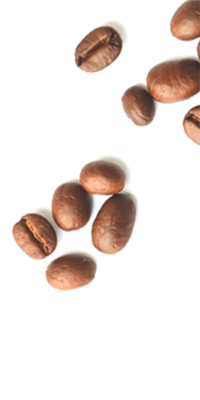When you're standing in front of your coffee machine in the morning, you probably don't think about how your coffee gets to the cup. But it's an interesting story that starts months and often years before. We all know about roasting coffee beans, but did you know that the unprocessed coffee bean is also a seed that is used to grow coffee trees? Coffee trees grow in the shade when young and need lots of water before they can be planted out in wet soil. Once planted, it might take as much as 4 years before bright red coffee cherries are ready for picking. In most places except Brazil, this is done by hand.
Processing the cherries
Once picked, the coffee cherries need to be processed rapidly so they don't spoil. In many countries they are put out in the sun to dry and covered if there's a chance of rain. It can take several weeks to dry the coffee cherries. Another way of processing the coffee cherries is to remove the pulp first and then dry them. Once dry, these are known as 'parchment coffee' and they are ready for milling. This process includes removing the parchment (hulling), optionally polishing the beans, and getting them sorted and graded. Any bean that has insect damage or other imperfections is discarded. This is how coffee producers make sure that only perfect beans get exported. What's left after this process is called green coffee and it's ready for export. Some 7 million tonnes of green coffee are shipped around the world every year.
Time for tasting
Next, it's time to taste the coffee, something that happens at various stages of the process. The tasting process is known as cupping and it's an essential skill in coffee production. Cuppers may have to sample dozens or hundreds of coffee samples every day and must be able to distinguish between them. Any beans that make it past this stage are ready for roasting, which turns them into the beans we know so well. The roasting process releases the coffee flavour then the beans are cooled. Nearing the end of the coffee preparation process, it's time for grinding the beans. The type of grind varies depending on where the coffee will be used. After that the freshly ground coffee is packaged, either for direct sale or contained within the capsules for our best-selling Kenco Singles office coffee machine. The single-cup amounts stay fresh within the individually sealed capsules, ready to be brewed and enjoyed!







